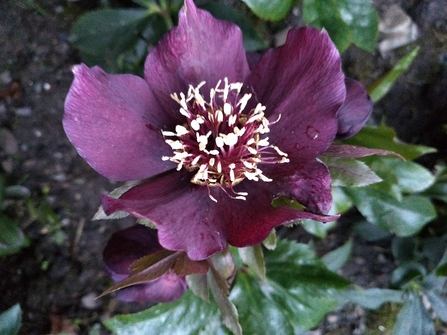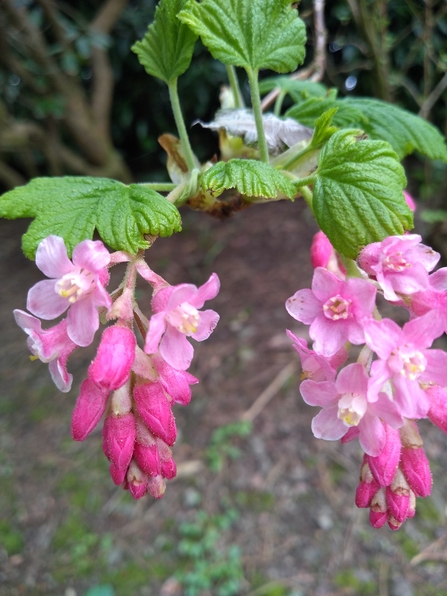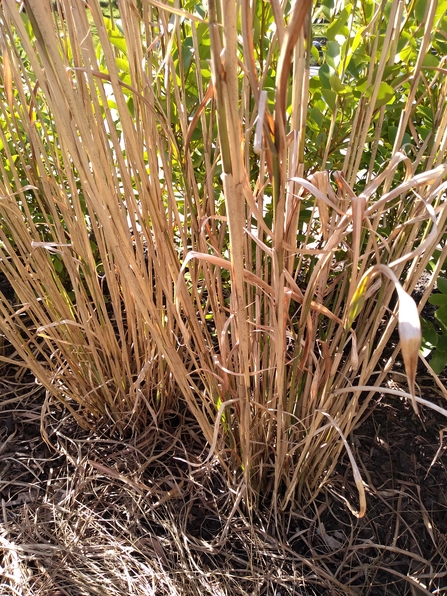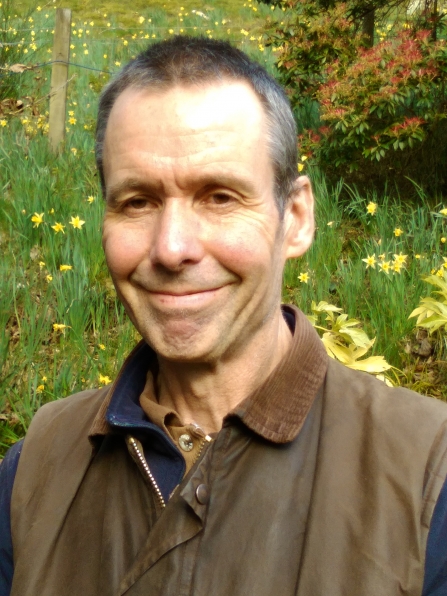The soil is taking longer to warm up, and nature is uncertain in its timing of how insects may respond to unusual changes in seasonal temperatures. I believe much of this is learned from simple and patient observation, just taking the time to link with nature, and one thing is sure, nature always finds a way.
On some of the late winter warm days in March, I could hear a positive buzz from bees within our large flowering Pieris japonica shrub. The flowers are a rich source of nectar and pollen for bees. The bees are visiting earlier as the flowers normally appear from April into May, but this year the Pieris has been ablaze with its creamy white flowers from early March.
I have learned in gardening that extra cold snaps in temperature followed by earlier rises in temperature can induce early and better flowering in some tree and shrub species. I think this effectively changes the whole pattern and sway of ecology within our garden spaces. It would definitely be interesting to keep monthly and annual records on this and observe how your garden space evolves in relation to the wildlife within it.
There are a good number of spring flowering shrubs and perennials that will encourage the marauding insects into our garden in early spring. Here is just a select number of some that will really set the pace for the insect wildlife.
Crocus
I spent a productive autumn planting crocus corms in swathes within grassy areas. These are one of the first spring flowers, bees love them, the beautiful shades of purple, blue, and white filter through the grass. These little gems provide lots of pollen and nectar bathed in a sunnny spot. Spot the bee on this image.
The bees will happily take flight from the croci into a semi shady border or grass area planted with Primula vulgaris. This classic yellow spring flower gives hungry bees a welcome feast of nectar early in the season! There are rich pickings of pollen and nectar to be had which aside from bees also pulls in butterflies, moths and other pollinators.









